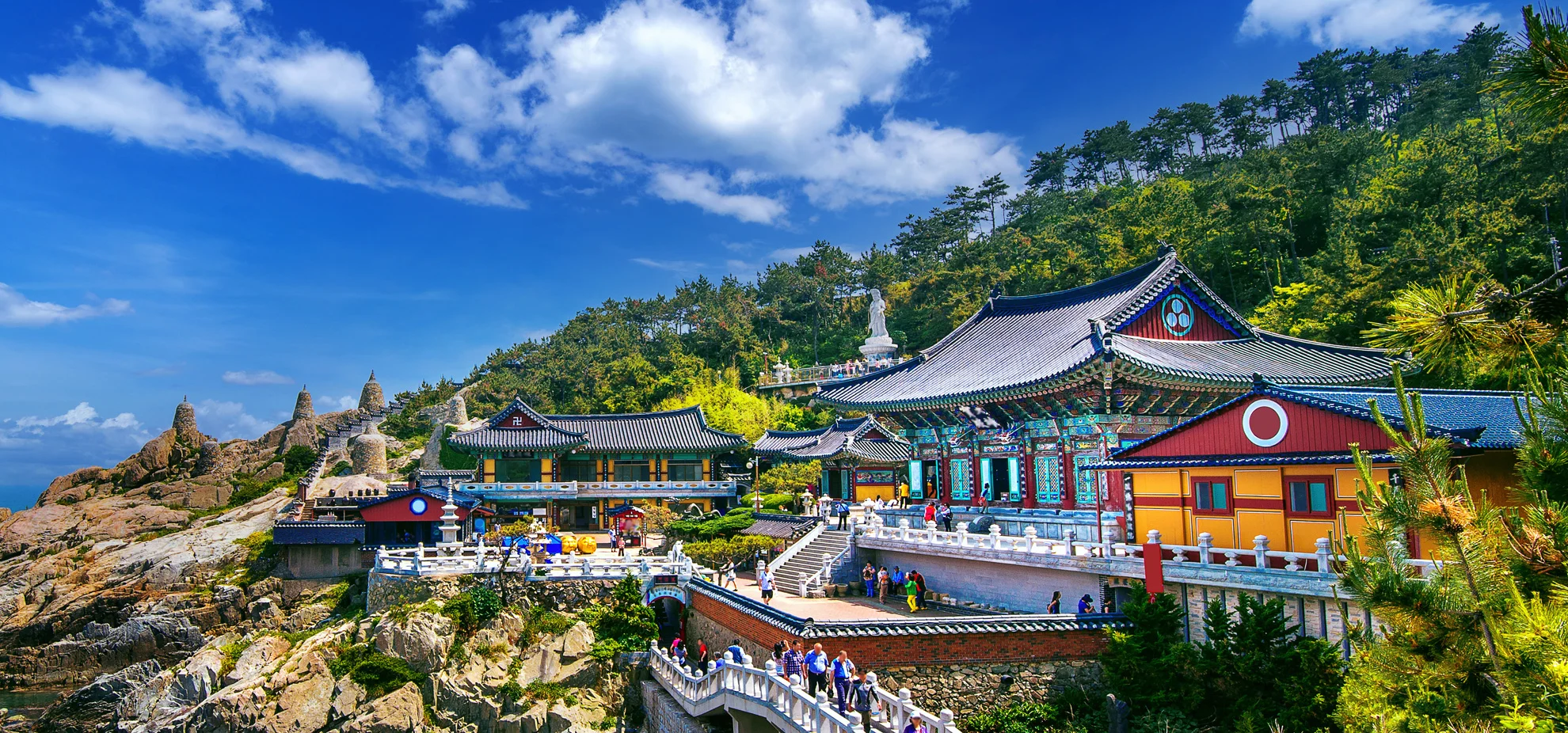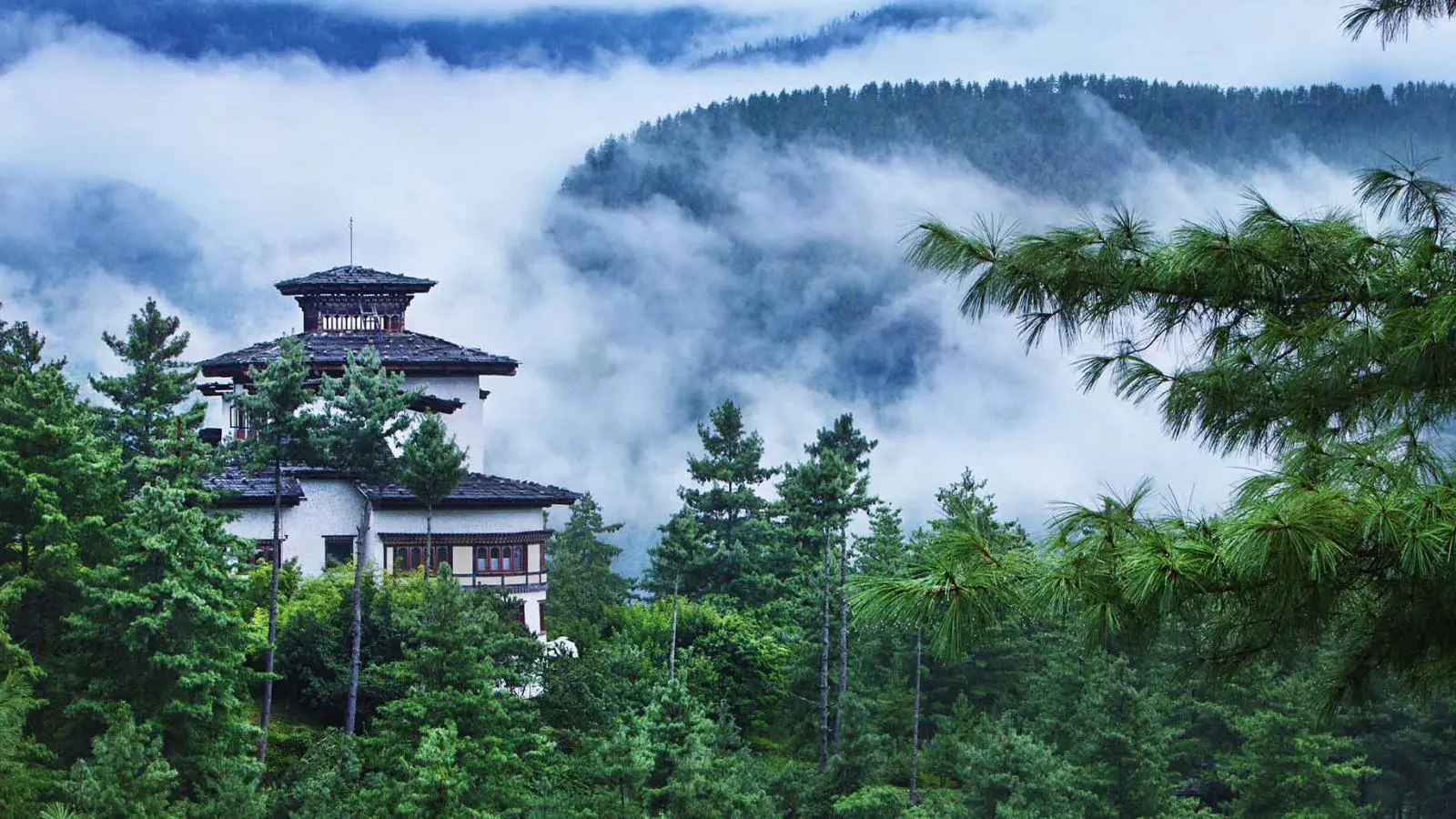Bhutan experiences a wide range of temperatures across its diverse regions due to its varying altitudes. The following details outline the average temperatures for major locations in Bhutan:

– January: Paro and Thimphu have chilly winters with maximum temperatures of 9.4°C and 12.3°C, while Punakha is slightly warmer at 17°C. The colder regions like Bumthang have minimum temperatures as low as -5.1°C, whereas Mongar and Trashigang experience milder conditions with minimums of 8.2°C and 10.5°C respectively.
– February: The maximum temperature rises slightly, ranging from 10°C in Bumthang to 21.7°C in Trashigang. Nights remain cold in areas like Paro (-1.4°C) and warmer in Trashigang (11.5°C).
– March-April: Spring brings warmth, with maximum temperatures reaching 16.2°C in Bumthang to 28.3°C in Trashigang by April. Minimum temperatures also improve, creating a pleasant environment.
– May-June: Temperatures peak during these months, with maximums of 29-30°C in Punakha and Trashigang, while Bumthang and Paro stay cooler.
– July-September: These months see monsoonal impacts, especially in southern Bhutan, leading to slightly fluctuating temperatures but generally remaining warm.
– October-December: Autumn and winter begin to set in with temperatures gradually declining, particularly in high-altitude areas. Thimphu, Paro, and Bumthang experience frosty mornings, while Trashigang and Mongar remain comparatively moderate.
Climate and Climatic Conditions

Bhutan’s climate is incredibly varied, largely influenced by its altitudinal differences and the Indian monsoons. The southern region has a hot and humid subtropical climate with temperatures ranging from 15-30°C year-round. Central Bhutan features a temperate climate, with warm summers and cool, dry winters. Northern Bhutan is characterized by alpine conditions, with snow-covered peaks and cool summers.
The monsoon season from late June to late September impacts primarily the southern border, bringing heavy rainfall and high humidity. Annual precipitation varies significantly, with some areas in the southern region recording up to 7,800mm of rainfall, while northern areas receive as little as 40mm annually, mostly as snow.
Thimphu, the capital, experiences dry winters (December-February) and heavier rainfall during the monsoon, peaking at 220mm in August. Spring lasts from March to mid-April, followed by summer rains and bright autumnal weather until November. Winter sets in late November, bringing frost and snow to higher elevations.
Seasons in Bhutan

Bhutan’s diverse geography offers something for everyone across its four distinct seasons:
– Spring (March-April): This is a vibrant season where rhododendrons, azaleas, and wildflowers bloom, painting the landscape in vivid colors. The valleys are adorned with pear and apple blossoms.
– Summer (May-August): The valleys are lush and green, with abundant vegetation and rivers flanked by weeping willows. The season is warm, with occasional rains, adding vitality to the scenery.
– Autumn (September-November): Autumn turns Bhutan golden as rice fields ripen and the skies remain crisp and blue. Pink and white cosmos flowers embellish the countryside.
– Winter (December-February): Days are sunny and pleasant, while evenings can be chilly. Snow blankets higher regions, and clouds gently drape over mountain peaks, creating picturesque landscapes.
Bhutan Luxury Tour: A Unique Bhutan Experience
Bhutan’s natural beauty, coupled with its varied climatic conditions, makes it a year-round destination. Whether you are exploring subtropical jungles, enjoying temperate central valleys, or venturing into the alpine world of the Himalayas, Bhutan Luxury Tour ensures a tailored and unforgettable travel experience. From spring blossoms to winter snowscapes, Bhutan offers endless charm and adventure.

